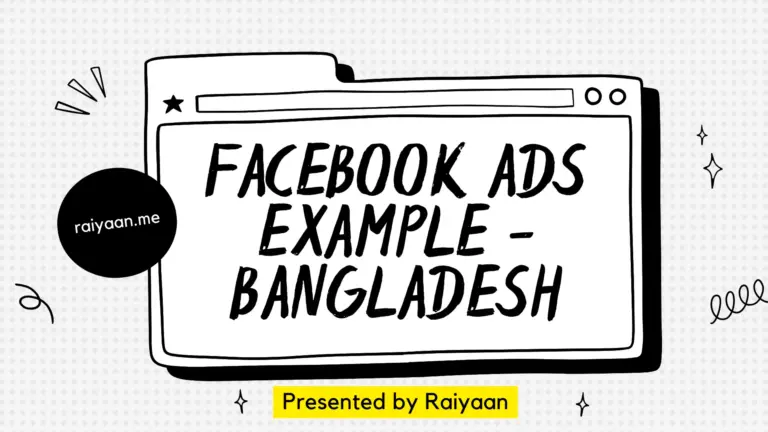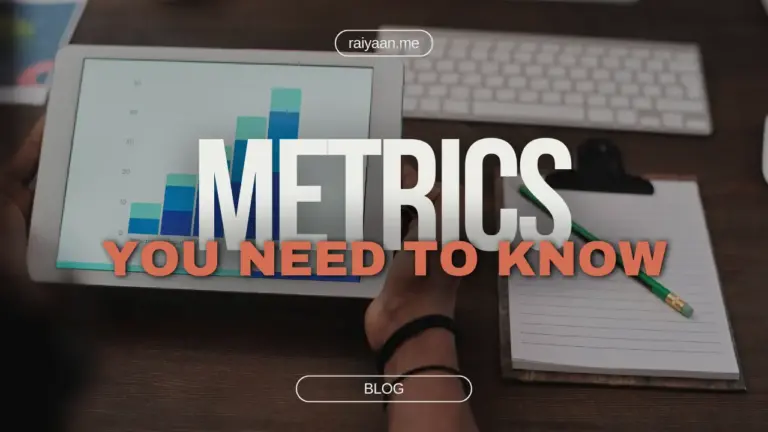12 Effective Tips for Writing Facebook Ad Copy
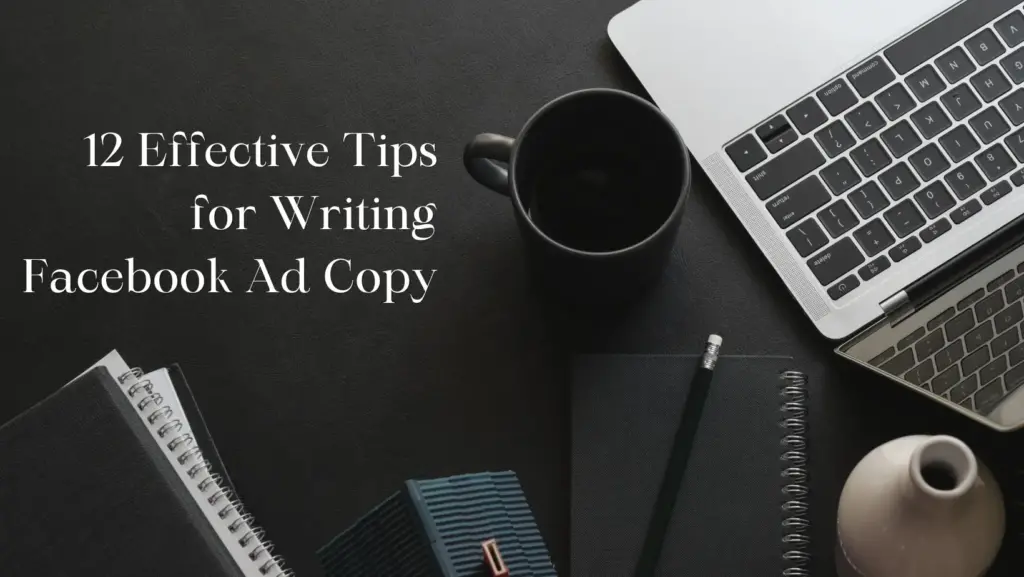
“On the Internet, attention span is the new oil” – Tim Berners-Lee
Every day we scroll through our Facebook feed and consume thousands of content. Can you recall one of the Facebook ads that you have noticed today? You hardly might.
Within the blink of an eye, we scroll through dozens of ads. It is challenging for media buyers to grab the attention of the audience. Besides, with 2.9 billion monthly active Facebook users, there is no way to deny the power of this platform for marketers.
Then, what is the solution?
The solution to this problem can be a good, related, and interesting Facebook ad copy that forces the audience to stop and look at your ad content. In this blog, we will dive into effective copywriting formulas, the basics of Facebook ad copywriting, and the do’s and don’ts of writing Facebook ad copy.
3 Effective Facebook Ad Copywriting Formats
The AIDA Format:
For crafting a well-structured Facebook Ad Copy it is essential to know your audience. When you learn and research about the audience, you will know their behavior and interests. To reach out to the right audience with the right message, you can follow AIDA Framework which offers a structured approach to audience targeting.
Let’s break down the AIDA Framework:
Attention
The first step in the AIDA framework is capturing the audience’s attention. Silverpop study in 2013 revealed that people are drawn to media content after only eight seconds. That study indicates if we are unable to grab the reader’s attention within the first 8 seconds, then our content may be considered ineffective in delivering the message to the intended audience.
So, use engaging ad content like video, images, etc. or you can try to create a catchy title as well.
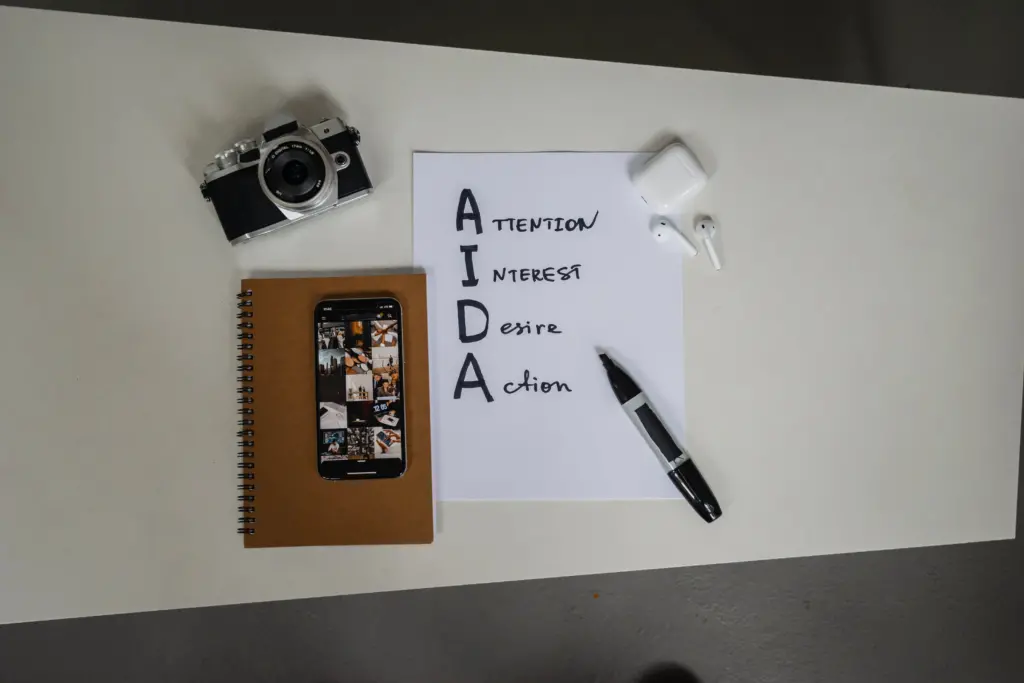
Interest
Once you have captured your audience’s attention, the next step is to create interests on their mind. You can add statistical data, facts, or stories that create interest. Try to personalize it with your target audience.
Desire
There is a quote,
“The readers don’t care about us, the readers only care about themselves”
The thing here is that the audience only cares about what benefits we offer as a solution to their issues or the answer to the concern that they’ve been holding in their minds.
Our task is to provide them with the solution making it more approachable and interesting.
Action
“Tell people what you want them to do. Don’t make them guess.” – Seth Godin
After all the steps, now tell your audiences to take action. You can ask them to purchase your product, visit your website, and send a message to them. You will find a customised CTA button while placing your ad. This gives a clear instruction to the customer on what they need to do.
The PAS Framework
The full form of the PAS format is
- Problem
- Agitation
- Solution
Problem
The first step is to identify the problem or pain point of your audience. You can address common frustrations and challenges that your product solves.
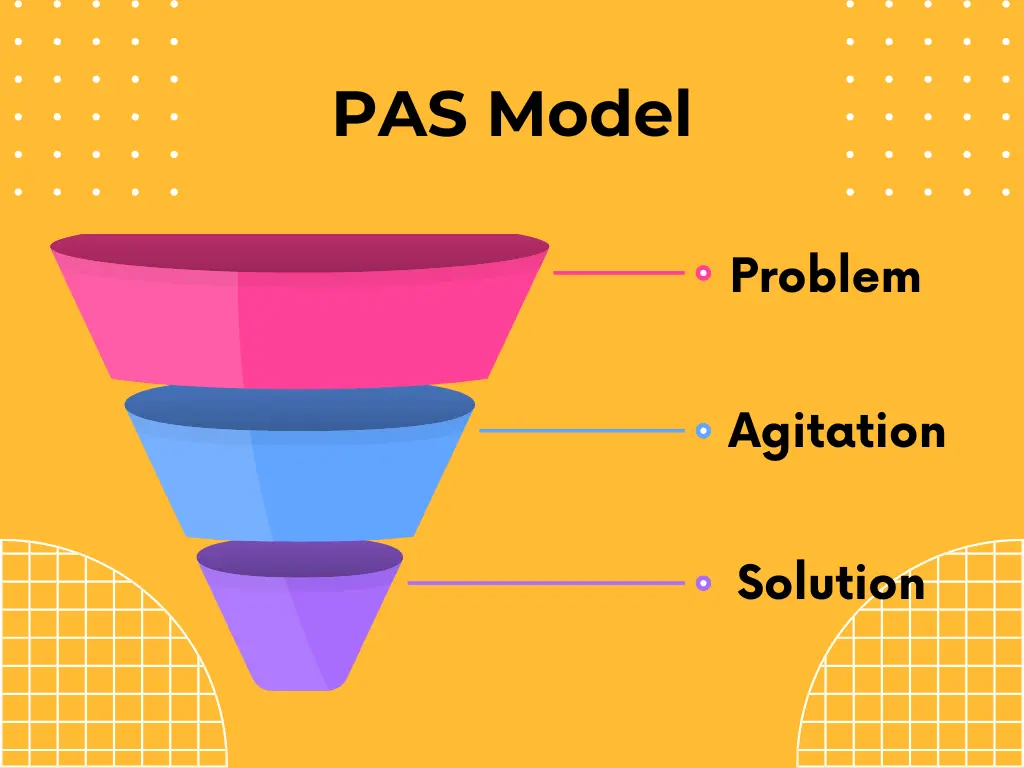
Agitation
Once you have addressed the problem or pain point, it’s time to agitate it— describe the consequences of the problems. By doing this, you can create a sense of urgency among your audiences.
Solution
Here comes the last part, now provide your product as their solution. Focus on the benefits and values of the product.
The BAB Format
Another famous Facebook ad copywriting format is the ‘BAB or Before – After – Bridge’ formula.
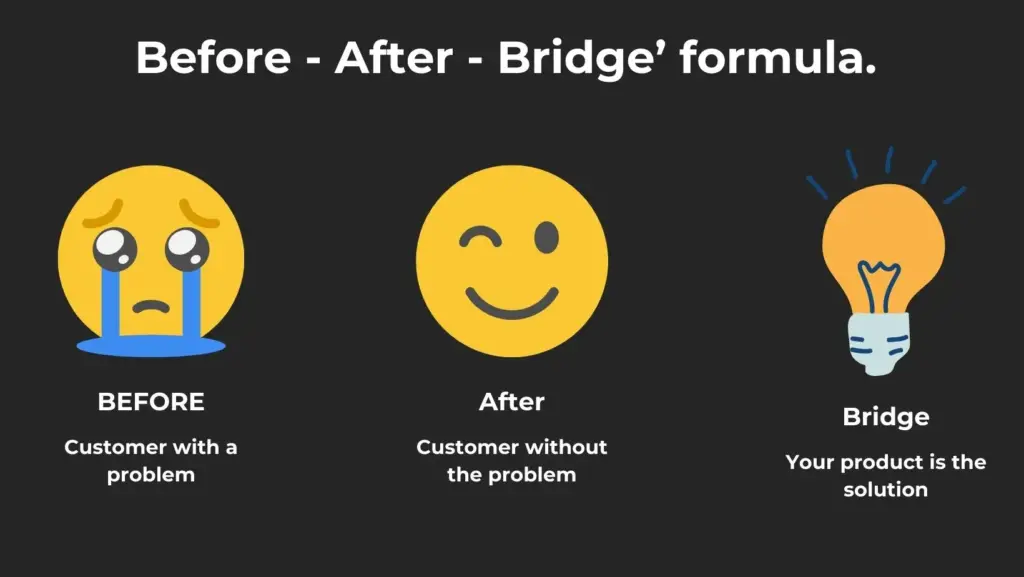
Before
The first component is to show that you understand their needs and describe their pain points.
After
Here is the positive transformation that will change using your product. Highlight the benefits of your product here.
Bridge
Finally, Introduce your product. Give a message that addresses the pain point and gives the solution. Use CTA to encourage audiences to contact your business or buy the product.
For example:
Before: We often struggle to write content in English because of poor grammar knowledge.
After: Imagine a platform that helps you in writing and rectifies your mistake
Bridge: Introducing ‘Grammarly’– your one-stop solution for writing. Get it today.
Top 12 Best Practices for Facebook Ad Copywriting
Define Your Audience and Build Their Personas
First of all, leverage the audience targeting capabilities of Facebook and based on that build their personas based on age, religion, gender, location, behavior etc. Find out their interests.
Start With a Hook
Always try to start an engaging hook related to your audience. It will allow you to grab your audience’s attention. Remember the quote that I mentioned at the beginning of this blog? So, make the first line attention-grabbing.
Address Audience’s Pain Points
It is important to address the audience’s pain point. When you do that, your audience can relate the ad to them. Study shows that, the copies that can address customer’s pain point more effectively, get better results.
Tell a Good Story
The power of a well-crafted story is undeniable. Try to deliver your brand or product story to the customers. You can also introduce fictional characters to craft the story and relate to your target audience.
Add Statistics and Proof
Adding products or business proof works well in writing Facebook ad copy. You can mention some data that how your business has impacted the lives of people.
Suppose,
30% of women have claimed that by using our product they benefited.
Or
Do you know that 67% of men suffer from hair loss at the age of 45?
Align Your Content With Visual
Often we see there is no connection between the Facebook ad copy with the content. It doesn’t only affect your ad result, your brand reputation and customer trust also go down. So make sure that your Facebook ad copy complements your content.
Highlight The Benefits of Your Product
There is a saying that—
You do not sell your product, You sell the benefits.
Hence, try to sell the benefits of your product on Facebook ad copy.
Let me give you an example,
Instead of saying this—
“Buy Our Natural Shampoo”
Say this—
“Want silky-shiny-longlasting hair? Try our New Shampoo— made with 100% natural ingredients.”
Keep it Short
Your Facebook ad copy shouldn’t be filled with unnecessary information. Keep it short, and crisp and add value for the audience.
Use a Clear CTA
Always use CTA or Call-to-action on your Facebook ad copy. Use specific CTA based on your ad such as, ‘Shop Now’, ‘Book Now’, ‘Send Message’ etc.
Avoid Words Or Phrases against Facebook Ads Policy
Playing by the rules is boring. Winning is awesome! But in this case, playing by the rules is essential. Your Facebook ad copy must follow its ad policy. Otherwise, you may not get the desired result. Moreover, your Facebook account can be restricted for violating the policy.
Do A/B Testing
Try different types of Facebook ad copy on different ads and analyze the results such as ROAS, ROI, CPC, etc and figure out which format or formula works for you. Based on the data, make a decision.
I have discussed the best copywriting formulas and 12 effective Facebook ad copywriting tips that would help you boost your conversion. Apart from these tips, to be a successful media buyer don’t forget to make your own recipe by testing more and more for your business.
The AIDA Framework stands for Attention, Interest, Desire, and Action. It’s a structured approach to audience targeting, beginning with capturing attention, generating interest, creating desire, and concluding with a clear call to action.
Research suggests that people are drawn to media content within the first eight seconds. Therefore, it’s crucial to grab the audience’s attention quickly, using engaging content like videos, images, or catchy titles.
The PAS Framework comprises Problem, Agitation, and Solution. It involves identifying the audience’s problem, agitating it to create urgency, and then presenting the product as the solution.
The BAB or Before – After – Bridge formula involves showcasing the audience’s needs and pain points (Before), illustrating positive transformations with the product (After), and finally introducing the product as the solution (Bridge).
Begin with an engaging hook related to your audience to capture their attention right away. A compelling opening line is crucial to overcoming short attention spans online.

